In the global pursuit of sustainable solutions, the recycling of PET (Polyethylene Terephthalate) stands out as a vital initiative in combating environmental degradation. As the world grapples with the consequences of plastic pollution, the production of recycled PET emerges as a beacon of hope, offering a feasible avenue to reduce waste and conserve resources. However, understanding the intricacies of recycled PET production costs is essential for assessing its viability and fostering its widespread adoption. In this blog, we delve into the realm of recycled PET production cost, analyzing its economic dynamics and shedding light on its potential.
Request For Free Sample: https://www.procurementresource.com/production-cost-report-store/recycled-pet/request-sample
Understanding Recycled PET Production:
Before delving into the cost analysis, it's crucial to grasp the process of recycled PET production. PET, a widely used thermoplastic polymer, is commonly found in beverage bottles, food containers, and various other packaging materials. The recycling process involves collecting post-consumer PET, sorting and cleaning it, shredding it into small pieces, and melting these pieces to produce PET resin, which can then be used to manufacture new products.
Factors Influencing Recycled PET Production Costs:
Collection and Sorting Infrastructure: The efficiency of collection and sorting systems significantly impacts production costs. Investments in advanced sorting technologies and collection networks can streamline operations but may also incur substantial upfront expenses.
Processing Technology: The choice of recycling technology plays a pivotal role in determining production costs. Mechanical recycling, which involves shredding and melting PET, is a common approach. However, innovative techniques like chemical recycling, although promising, may entail higher initial investments.
Quality of Input Material: The quality of collected PET feedstock influences both production costs and product quality. Contaminants and impurities in the input material necessitate additional processing steps, increasing production expenses.
Market Demand and Pricing: Fluctuations in market demand for recycled PET and changes in pricing dynamics of virgin PET resin can impact production costs. Stable demand and favorable pricing contribute to the economic viability of recycled PET production.
Cost Analysis of Recycled PET Production:
Conducting a comprehensive cost analysis is imperative for evaluating the feasibility of recycled PET production. Key components of this analysis include:
Capital Expenditure (CAPEX): Initial investments in infrastructure, machinery, and technology constitute a significant portion of production costs. The cost of establishing recycling facilities and upgrading existing infrastructure must be meticulously assessed.
Operating Expenses (OPEX): Ongoing operational costs encompass expenses related to labor, energy consumption, maintenance, and raw material procurement. Optimizing operational efficiency is essential for cost containment.
Cost of Compliance: Compliance with regulatory standards and environmental regulations adds to production costs. Investments in waste management, emissions control, and sustainability initiatives are essential for regulatory adherence.
Economies of Scale: Scaling up production capacity can potentially reduce per-unit production costs through economies of scale. However, achieving optimal scale while maintaining operational efficiency requires strategic planning and resource allocation.
The Imperative of Cost-Competitive Recycled PET:
As consumers, businesses, and governments increasingly prioritize sustainability, the demand for recycled PET continues to escalate. However, the widespread adoption of recycled PET hinges on its cost competitiveness with virgin PET resin. While production costs of recycled PET have historically been higher, advancements in technology, process optimization, and economies of scale are narrowing the gap.
Conclusion:
The production of recycled PET holds immense promise in mitigating the environmental impact of plastic waste. However, realizing this potential requires a comprehensive understanding of its production costs and economic dynamics. By conducting meticulous cost analyses, optimizing processes, and leveraging technological innovations, stakeholders can enhance the competitiveness of recycled PET and accelerate the transition towards a circular economy. As the world strives towards sustainability, recycled PET emerges as not just an environmental imperative but also an economically viable solution.







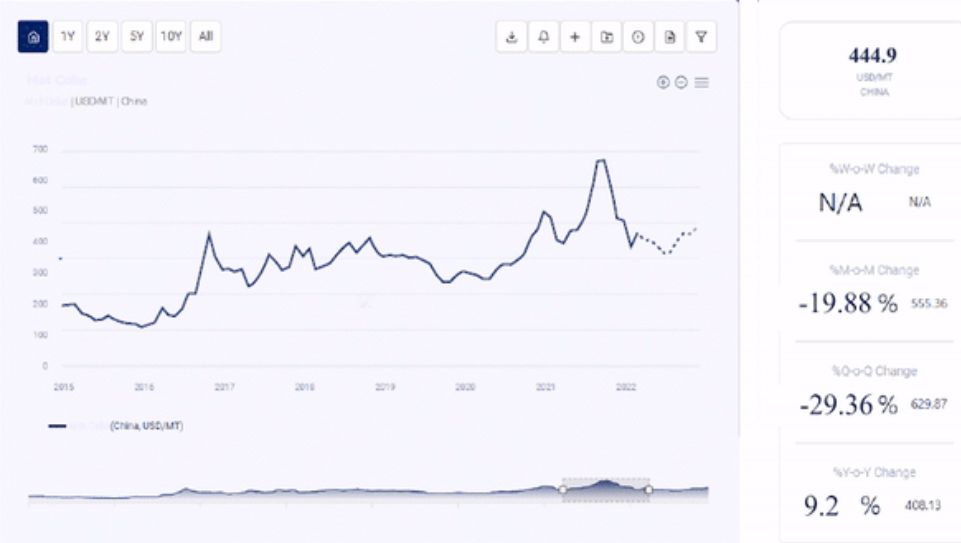 Sebacic acid is used across many industries because of its properties, mainly in manufacturing different products. The acid is a key raw material used to make nylon 6 and 10 as well as its resins. As the demand for nylon rises across industries like textile, automotive, and consumer products, so will the demand for sebacic acid. Furthermore, in the cosmetics industry, it works as an emollient; in the textile sector, it is used for the sizing and finishing of fabrics.
Sebacic acid is used across many industries because of its properties, mainly in manufacturing different products. The acid is a key raw material used to make nylon 6 and 10 as well as its resins. As the demand for nylon rises across industries like textile, automotive, and consumer products, so will the demand for sebacic acid. Furthermore, in the cosmetics industry, it works as an emollient; in the textile sector, it is used for the sizing and finishing of fabrics.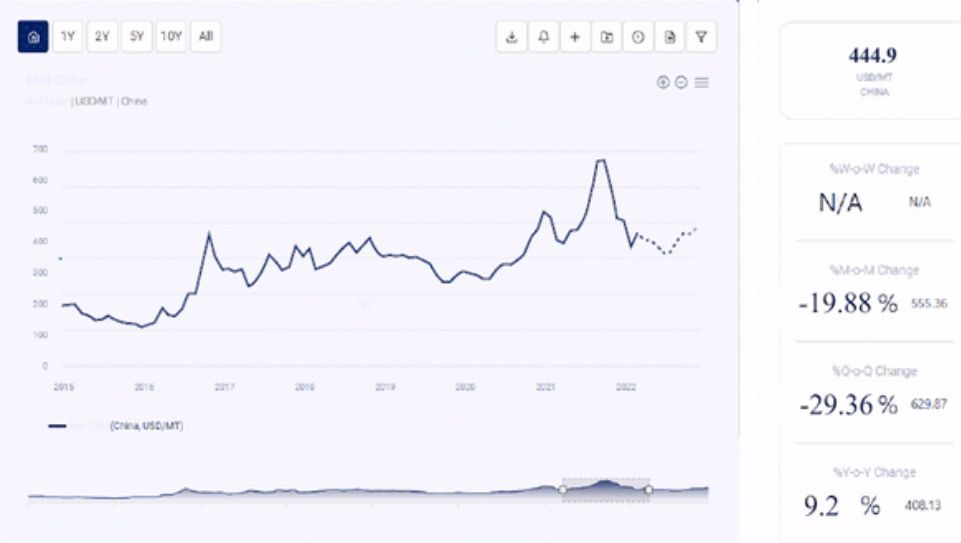 Zinc ingots are widely employed in diverse industrial applications due to their unique properties. One major use is galvanization, where zinc-coated surfaces offer corrosion protection for structures, pipelines, and automotive components. Zinc's role extends to alloy production, as it forms essential components in alloys like brass and die-cast zinc-aluminum alloys, enhancing mechanical properties. In the battery industry, zinc ingots contribute to zinc-carbon and zinc-air batteries. Furthermore, they find application in the construction sector, providing durable, corrosion-resistant coatings for steel and iron structures. These versatile uses highlight zinc ingots' significance in corrosion prevention, alloy enhancement, battery technology, and construction materials.
Zinc ingots are widely employed in diverse industrial applications due to their unique properties. One major use is galvanization, where zinc-coated surfaces offer corrosion protection for structures, pipelines, and automotive components. Zinc's role extends to alloy production, as it forms essential components in alloys like brass and die-cast zinc-aluminum alloys, enhancing mechanical properties. In the battery industry, zinc ingots contribute to zinc-carbon and zinc-air batteries. Furthermore, they find application in the construction sector, providing durable, corrosion-resistant coatings for steel and iron structures. These versatile uses highlight zinc ingots' significance in corrosion prevention, alloy enhancement, battery technology, and construction materials.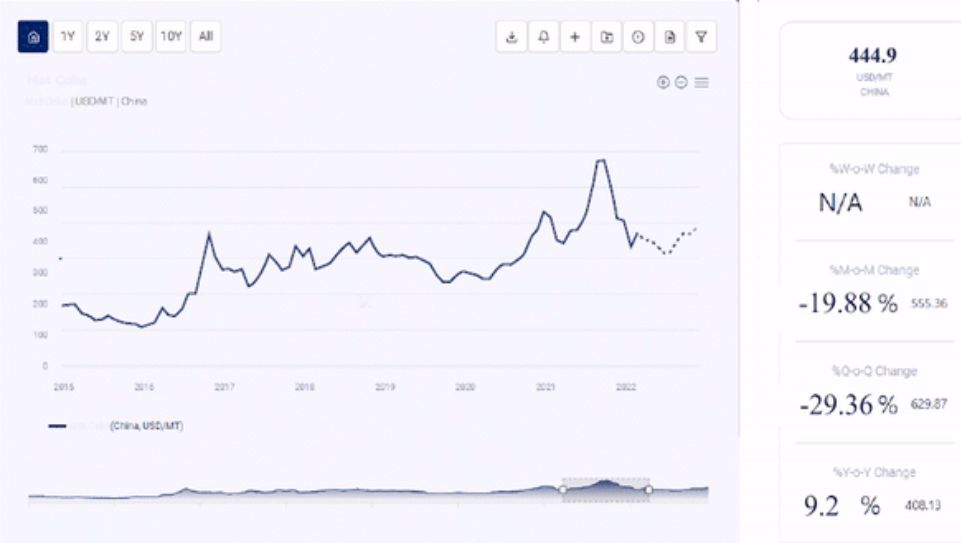 The vitamin B2 industry is mainly driven by the fact that it is an essential nutrient responsible for a healthy body and functioning. In order to avoid any risk of deficiency, it is witnessing increased demand in the market. Other key factors, like growing health awareness, rising cases of malnutrition among the population, developments in innovation and technology, as well as its extensive use in fortification and industrial riboflavin synthesis, are furthering the market expansion. In addition to these key factors, other market trends like new product launches, increased investment in research and development, advised dietary allowances, scarcity of nutritional foods, and the preference towards dieting among people are all pushing the market forward.
The vitamin B2 industry is mainly driven by the fact that it is an essential nutrient responsible for a healthy body and functioning. In order to avoid any risk of deficiency, it is witnessing increased demand in the market. Other key factors, like growing health awareness, rising cases of malnutrition among the population, developments in innovation and technology, as well as its extensive use in fortification and industrial riboflavin synthesis, are furthering the market expansion. In addition to these key factors, other market trends like new product launches, increased investment in research and development, advised dietary allowances, scarcity of nutritional foods, and the preference towards dieting among people are all pushing the market forward.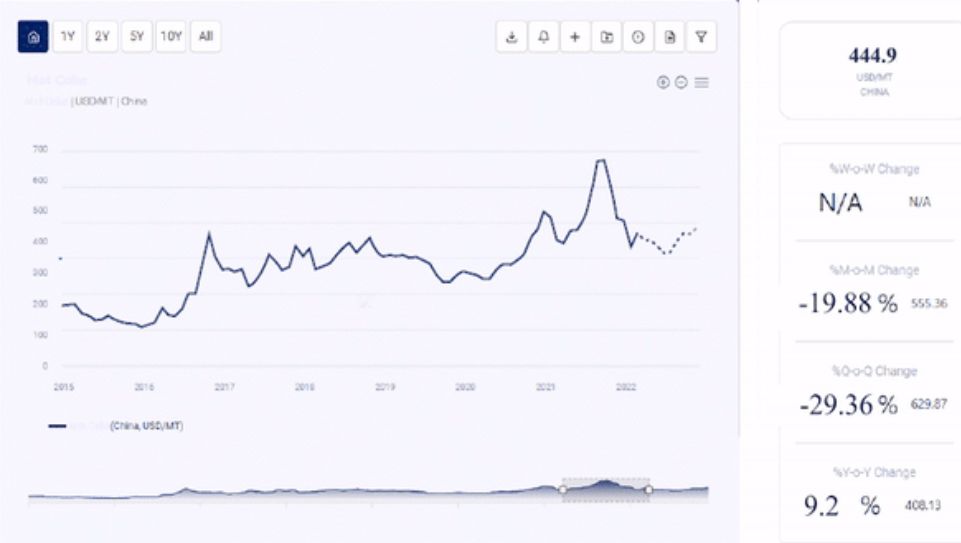
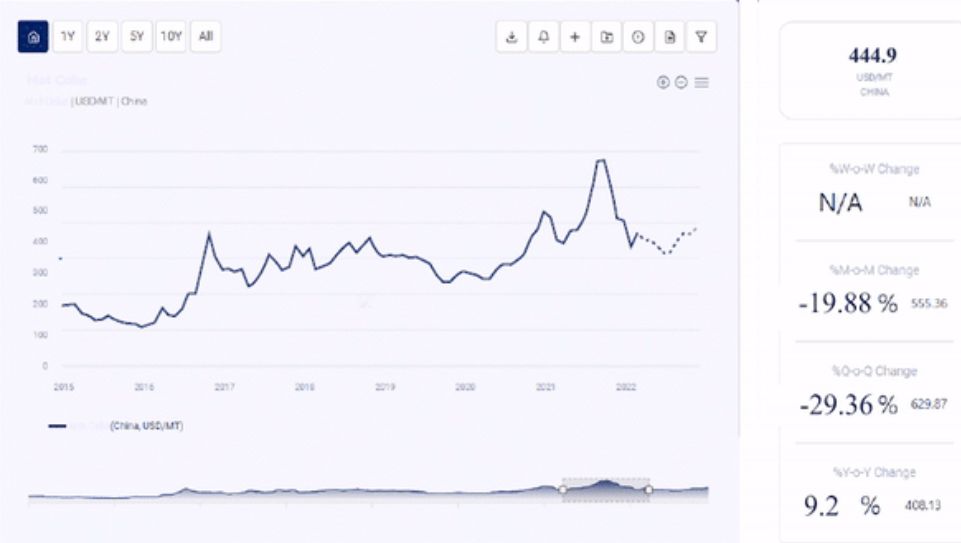 Potassium permanganate (KMnO4) finds extensive industrial use owing to its potent oxidizing and disinfecting properties. In water treatment, it acts as a powerful disinfectant, effectively eliminating impurities, microbes, and unpleasant odors. The chemical industry employs it as an oxidizing agent in the synthesis of various organic compounds and chemicals. In the pharmaceutical sector, it is used to formulate medications and disinfectants. In laboratories, potassium permanganate is a vital reagent for numerous analytical tests and experiments. Moreover, it aids in the purification of air and gas streams and plays a key role in metal etching, particularly in electronics and metalworking. Its versatility and effectiveness make it an indispensable component in various industrial processes.
Potassium permanganate (KMnO4) finds extensive industrial use owing to its potent oxidizing and disinfecting properties. In water treatment, it acts as a powerful disinfectant, effectively eliminating impurities, microbes, and unpleasant odors. The chemical industry employs it as an oxidizing agent in the synthesis of various organic compounds and chemicals. In the pharmaceutical sector, it is used to formulate medications and disinfectants. In laboratories, potassium permanganate is a vital reagent for numerous analytical tests and experiments. Moreover, it aids in the purification of air and gas streams and plays a key role in metal etching, particularly in electronics and metalworking. Its versatility and effectiveness make it an indispensable component in various industrial processes.